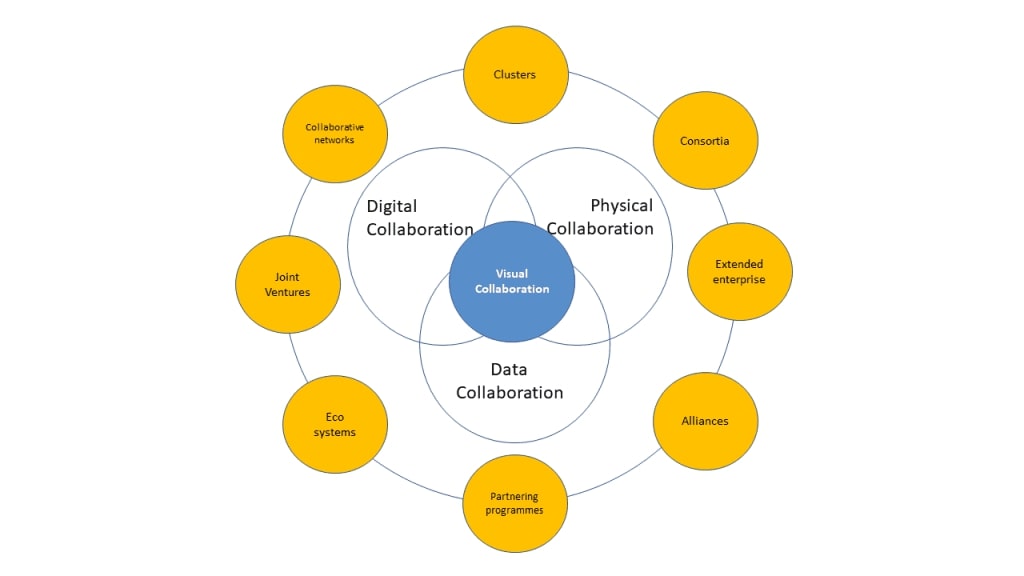Curious to learn how to create epic software releases?
Then you’ve come to the right place.
Sometimes it comes in the form of one major release, but it’s better to release software as soon as your team has it ready.
This article takes a close-up look at every component that goes into perfecting each awesome software release. That way, you and your team have a manual to help you build functional software features that your users love.
Let’s dive right in.
Release Software With Agile
The best DevOps teams have turned to agile to perfect thegir development processes. Software releases are no different. Agile allows for automation, bringing development and operations together for continuous integration and streamlining.
The culture of frequent software updates and new releases has conditioned end-users to expect developers to improve products in record time.
When it comes to agile, lean planning and iterative development are the cornerstones for success. Therefore, keeping your code in a releasable state is step one towards staying ahead of the game.
Continuous Delivery
Throughout the release management process, it’s best practice to adhere to a modular architecture while building the software.

Credits: Xenon Stack
It’s more important to do frequent releases rather than putting out one huge application. Divide development into several chunks, grouping likened features into clear components.
Make sure that API contracts are transparent between applications, and use automation to test them all along the way. This way, you ensure compatibility while minimizing obstacles and risks.
Modular architecture allows you to streamline updates while guaranteeing compatibility between past and present versions. You don’t have to release everything all at once. In fact, it’s best not to, as fewer moving parts lead to simplicity and efficiency: meaning, an awesome release every time.
Collaboration is Key
The best software takes the entire team into account, not just developers. The greater the involvement, the greater the product: this is easy for the well-oiled agile machine.

Credits: Roelto
When everyone contributes, everyone from product managers and developers to operations and stakeholders succeeds.
The smoother the communication channels, the better the software transitions from one department to the next.
Everyone plays an important part, and the development team is no exception. In fact, they must drive the process.
Streamline Release Process
Slow down production to solve root problems, then speed it back up. Bug fixes then become easier in the future.
Migrate configuration data back to staging and development since this helps prevent configuration drift.
While code cycles from the development environment to staging and then to production, user data moves in the opposite direction.
This two-way relationship ensures that the development team models their efforts after the production environments, doing more to streamline the release process.
How to Inform and Empower the Operations Team
Clarify the bill of materials to make sure everyone on the operations team is on the same page. This makes the development context as transparent as possible.
Link back to every issue that the team has resolved in the production environment for the next release. Using a source control system, ops teams have an opportunity to understand what they must do to troubleshoot, solve problems, and get through obstacles.
Issues arise when transferring between the dev environment to the staging environment. Make sure to take notice and confront them again when it’s time for production. This is great risk management practice.
Plan for glitches with new features. Then, when they pop up, the ops team has a clear path to perfect the release candidate with speed and efficiency.
Add Automation for Success
Automate as much as possible. This is your best bet to bring about consistent deployment of new code into the live environment.
From there, you begin to automate production as well, bringing about improved speed while staying focused on the source code.
Once it’s ready for deployment, release the version into an automated testing environment to scope for any emergency fixes and measure for quality assurance.
Releases are more difficult over a longer period, so stay focused on the small improvements. The end-user always prefers to have access to the new version and doesn’t have a problem with taking a minute for a quick update. In this day and age, they’re set up for automatic updates too.
Further, it’s a great idea to automate beta testing and integrate the current version as an ongoing process. This means developers have the focus to hit quick build times, and get right to testing and releasing. When the software is easy to validate, it’s even easier to release.
Minor Software Releases
At the end of the day, all the planning, sprinting, testing, and communicating means nothing if your release isn’t fluid.
Your software release life cycle needs final version after final version, not just one major release. Agile project management corroborates with source code that’s kept in a releasable state. This is where your change management process comes into play.
The current final version of your software product is ready at this very moment.
Launch Epic Software Releases Today
Whatever software version you deal with right now, your business strategy must include a high level of alpha testing and beta testing.
Release managers must communicate with development teams to confront bug fixes, maintain the software life cycle, and identify the beta stage to nail every minor release. Major releases need all sorts of emergency fixes at once.
When your software product uses agile development, those emergency fixes are few and far between.
Software releases are a source of joy for developers and product managers on agile teams. The release is the fruit of activities performed through close collaboration with efficiency through small improvements.
Get those features out into the world as often as possible, and fall in love with the fulfillment of your awesome releases.